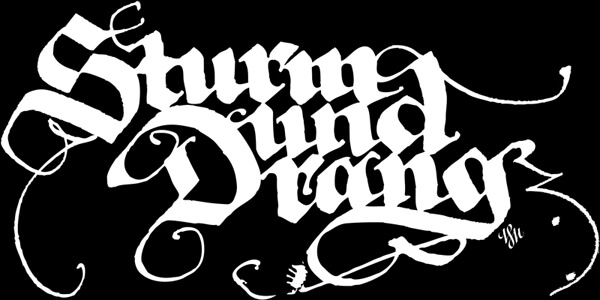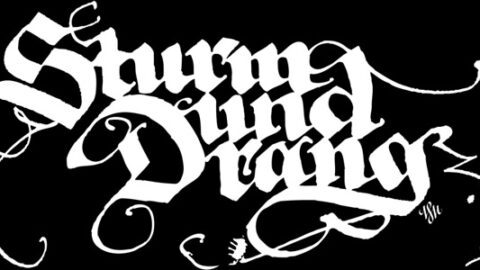For people interested in the idea of craftsmanship in the 21st century, Niels Shoe Meulman is a dream come true. From graffiti legend in the 1980s, to designer and now artist—creator of Calligraffiti—his mastery of the brush, quill, etc. is absolutely breathtaking. On a trip to China, he agreed to answer 5 (well, really four) questions… but here’s a short trailer for you first.
Emerson said: “Words are also actions, and actions are a kind of words.” What are you trying to accomplish through Calligraffiti? Do you feel that you have a “message”?
I think I don’t have a message. I just do what comes natural and try to stay away from politics. If you want to see a message in my work, it would be that words can deliver more that just a message. For instance, lets take the word message. If you would focus on that particular word –perhaps by writing it in big black letters on your wall– then the ‘idea’ of message comes to life. You will discover a more abstract, more personal meaning in the word. I guess it’s somewhat similar with poetry. But then, I don’t understand most poetry yet.
I’m also uncertain what ‘words are actions’ means but it’s true that words can contain power. I lectures and in my book I state the claim ‘A word is an image. This goes for my graffiti years, my design/advertising years and my recent paintings.

Also, from the calligrapher’s point of view, the action of writing words is definitely a special moment. It might sound cliché but you must really have a free mind (Is that the same as an empty head? ahah) before you can attack the white paper with the black ink. It is a fearless balancing act between mind, hand, brush, ink and paper. Lovely.
I should also explain that ‘doing what comes natural’ doesn’t have to involve any tree hugging. I see evolution as something that never ends (and probably never began), it extends from what we call nature to modern day life. It’s the human condition of my time that is my ultimate inspiration. But I guess that goes for every artist.
If a message is an opinion, than the opposite of that opinion might also be interesting. If a message is a personal belief, don’t ram it down other people’s throat.
Using calligraphy in 2011—and especially old alphabets—implies a reference to the past. Why this powerful visual anachronism?
It always appealed to me in both type/font design and graffiti culture that they go by strict, rigid rules. These letter rules evolved from the days when man first started to communicate and laws of nature in general. Ever since I started my Calligraffiti I felt connected to monks who were hand-copying books in dark monasteries before the printing press was invented. The poem Pangur Ban from the 9th century describes beautifully what that could have been like.

When I do a long piece of text in Calligraffiti or one of my ‘un’ pieces, the repetitive action can become like meditation. This must have also been the case for these monks and Chinese masters like Liang Kai (12th century) who refused the role of head painter at the Emperor’s court because he wanted to paint and drink all day in the mountains. By the way, I’ve never meditated in my life. Never felt the urge.
Anyway, I’m slowly getting away from the old rules and make up my own. But again, this goes for every artist.
How does technology positively impact your work? And negatively?
…
Are you influenced by classical/contemporary music? If so can you name specific pieces/composers/periods?
It’s weird. When I need to get active in the morning I will play classical music. Usually via online radio station WQXR. That’s when I was hit by a piece called The Unanswered Question by Charles Ives. The music, the title and later his life story, inspired me do a painting and played a role in the exhibition ‘Throw Ups’ that I did in Los Angeles in 2010.
The funny thing is that when I need to calm down at night, I play Drum and Bass.

One could almost define you as a man of words… Do you feel a special connection with text in the context of vocal music (regardless of the style/genre)?
What I don’t understand is why vocal artists never publish their song texts in the cd booklet or online. Only The Clash, back in the days, wrote down the words of all their songs on the inner sleeve of an album. Some of these are true poems.
—
Niels Shoe Meulman (also known as Shoe) is an internationally known artist and graphic designer. He is born, raised and based in Amsterdam, The Netherlands. Visit: http://www.nielsshoemeulman.com , http://www.calligraffiti.nl , and buy at http://www.unrulygallery.com
























